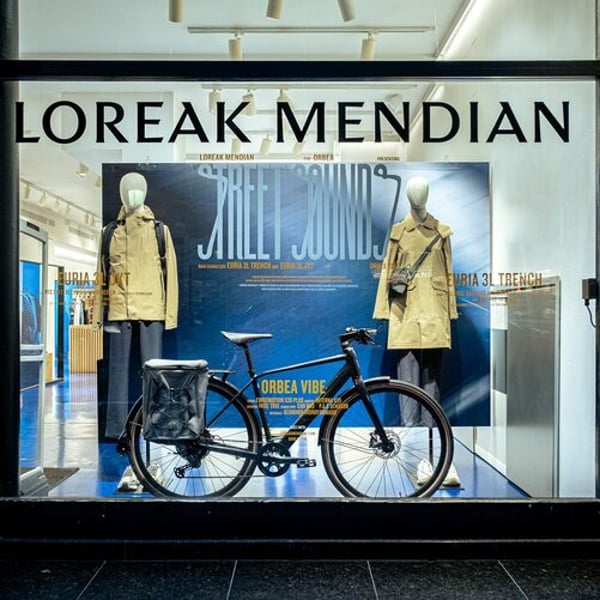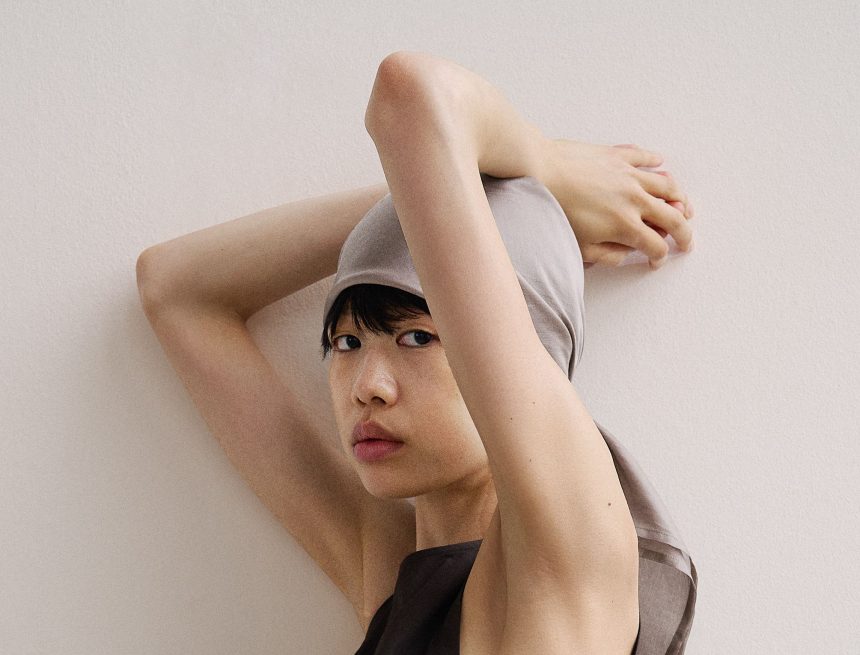First, the retailer wanted to introduce more newness and moments outside the traditional seasonal calendar. Next, was to build a digital marketing team, the kind that could jump in when an alleged Anthro rock was going viral. “We had no customer acquisition strategy,” Smith says. And finally, Smith was to slash Anthropologie’s reliance on promotions and discounts, returning the brand to full-price sales.
Five years on, Anthropologie has ballooned to $2.4 billion in fiscal 2025 from $1.6 billion in 2020, making it parent company Urbn’s largest brand (Urbn also owns Free People, Urban Outfitters and rental company Nuuly). The company is a fashion-lifestyle flywheel, with connected brands across the women’s, bridal, home and outdoor categories. It’s a complicated ship to steer, Smith says, and attributes it to Urbn’s vertically integrated supply chain as well as the executives leading each division, who she believes are experts in their categories. But she also has bigger goals in mind: Anthropologie Home, for example, is on track to double sales from $500 million to $1 billion in the next few years, a goal shared with investors in 2023.
“I’m so incredibly proud of our team because we are on our fourth year of consecutive [sales] increases, and we’ve grown our customer base by 50 per cent,” Smith says. “Within that, we grew both our existing customer base along with our new customers, which I think is hard to do if you specifically target just a younger consumer.”
And earlier this year, Smith made a bold play when the company spun out its bestselling own label, Maeve, into a standalone brand. The first store opened in October in Charleston, with another slated for Atlanta in January. Smith won’t share sales projections for Maeve, but sees potential for growth, and notes that the idea for a spin-off stemmed from the company’s financial team, who overlooked its margins.


